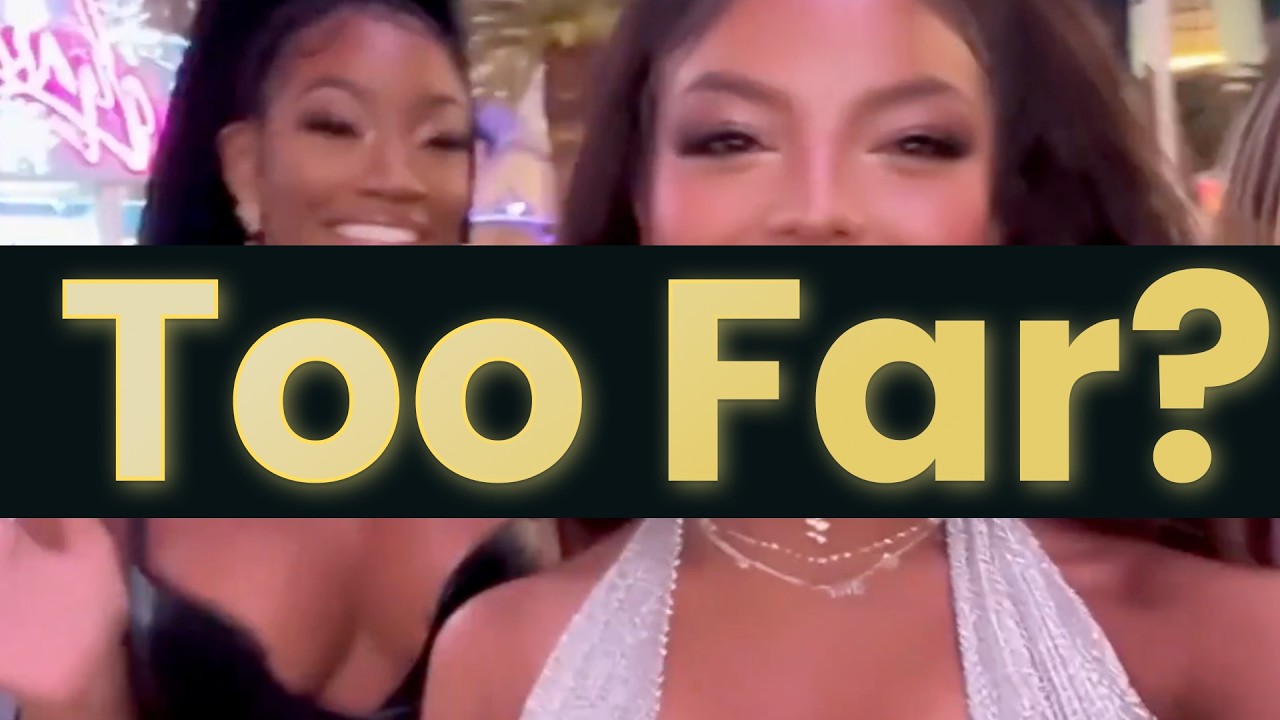The video showcases Sora 2.0, an advanced AI video generation tool by OpenAI, highlighting its impressive ability to create diverse, realistic, and culturally relevant content with consistent branding and immersive sound, while also addressing its current limitations in resolution, motion complexity, and ethical concerns. It encourages creative experimentation with AI-generated videos, offers solutions for technical challenges, and discusses the growing opportunities and responsibilities in the evolving landscape of AI-driven content creation.
The video explores the remarkable capabilities of Sora 2.0, an AI video generation tool by OpenAI, showcasing over 100 impressive examples that highlight its realism and creative potential. The host, AI Samson, presents a variety of viral and stylistically diverse content created with Sora 2, including interdimensional TikTok videos, edgy '90s-style ads, and parodies like SpongeBob meets Breaking Bad. The tool excels at rendering consistent branding, text, and multiple shots within the same scene, as well as producing immersive sound design that enhances the overall experience. Notably, Sora 2 allows the use of “cameos,” enabling users to incorporate likenesses of consenting individuals, including celebrities like Sam Altman, which adds a new dimension to AI-generated content.
Sora 2 demonstrates versatility across different styles and eras, from 1960s black-and-white BBC reports to 1980s toy commercials, and even recreates culturally sensitive and politically relevant content with less censorship than before. The AI also excels in generating singing and dancing videos, though it still struggles with complex dynamic movements and synchronization, especially in group choreography and fine details like hand morphing. The video highlights ethical concerns around the creation of hyper-realistic footage, such as fake CCTV videos that could be misused for scams or misinformation, emphasizing the need for caution in the technology’s application.
One of the standout trends showcased is the integration of popular fictional characters like Pikachu into various real-life and surreal scenarios, demonstrating Sora’s ability to blend mixed media and animation with live-action footage seamlessly. The video also features highly realistic social scenes, food reviews, ASMR channels, and gaming concepts, illustrating the broad creative possibilities enabled by Sora 2. Despite its strengths, the tool has limitations, including low resolution output (1280x704 pixels), visible watermarks, and challenges with image-to-video animation, which currently produces unsatisfactory results compared to other workflows.
To address some of these limitations, the video recommends external tools for upscaling videos, such as Topaz Labs and Canva’s AI-powered plugins, as well as watermark removers like vmake.ai. The host also discusses the monetization potential of AI-generated content, promoting his AI Influencer Masterclass and platforms like Fan View that support AI creators without restrictions. He emphasizes the growing opportunity for faceless social media accounts and viral content creation using AI, encouraging viewers to experiment with provided prompt examples and explore the future of AI-driven content creation.
In conclusion, Sora 2 represents a significant advancement in AI video generation, particularly in its ability to merge diverse media types, maintain character consistency, and produce culturally relevant content. However, it still faces challenges with complex motion, fine detail rendering, and resolution. The video encourages creative experimentation while acknowledging ethical considerations and the evolving landscape of AI content rights and censorship. Viewers are invited to explore further resources and tutorials to maximize their use of AI video tools and stay ahead in the rapidly developing field of AI-generated media.
